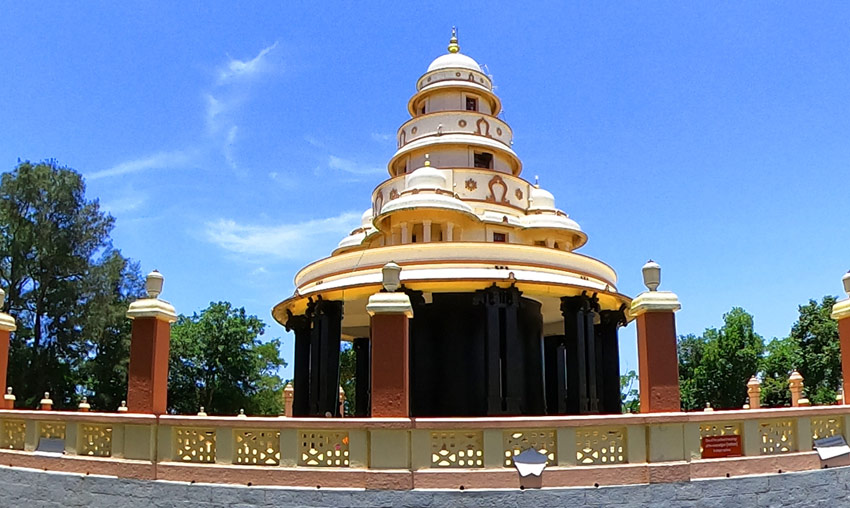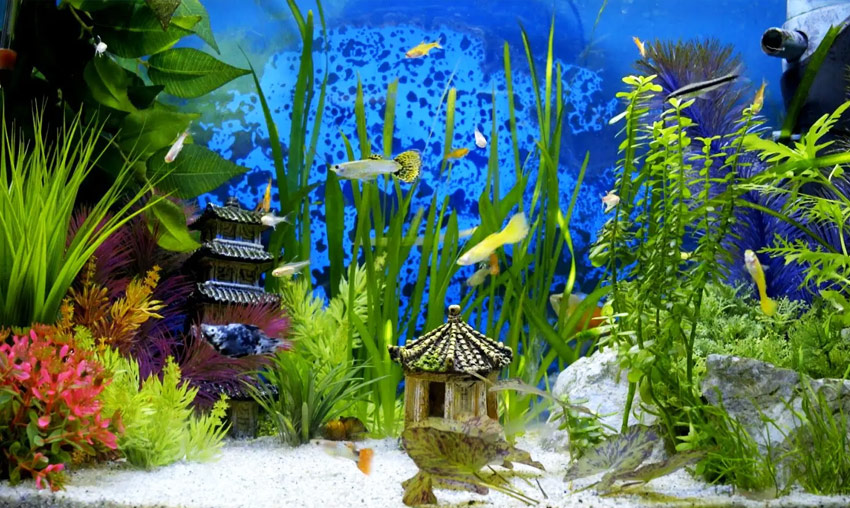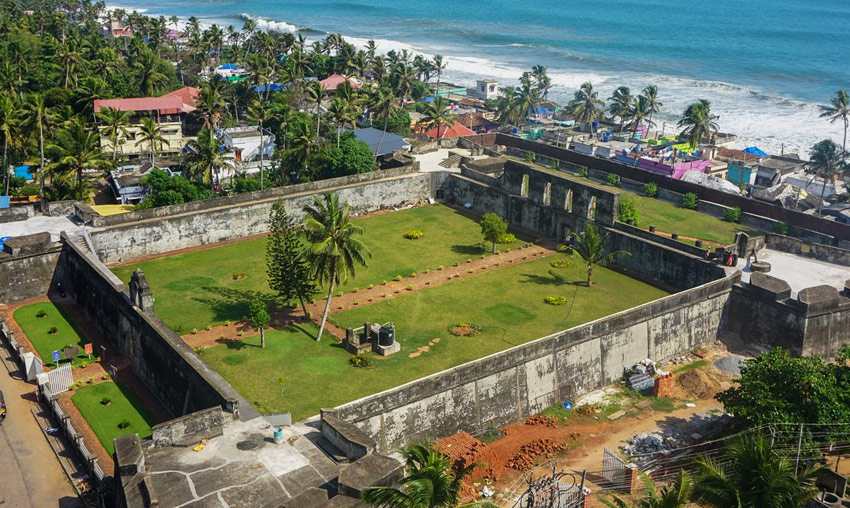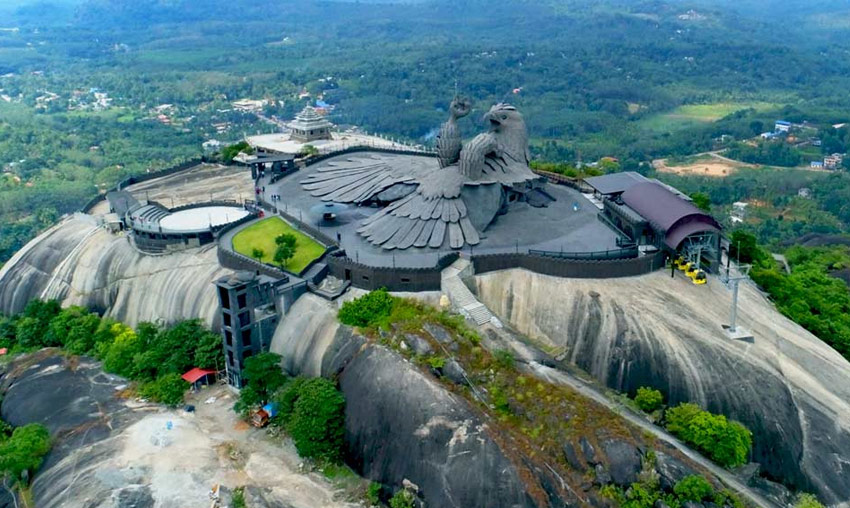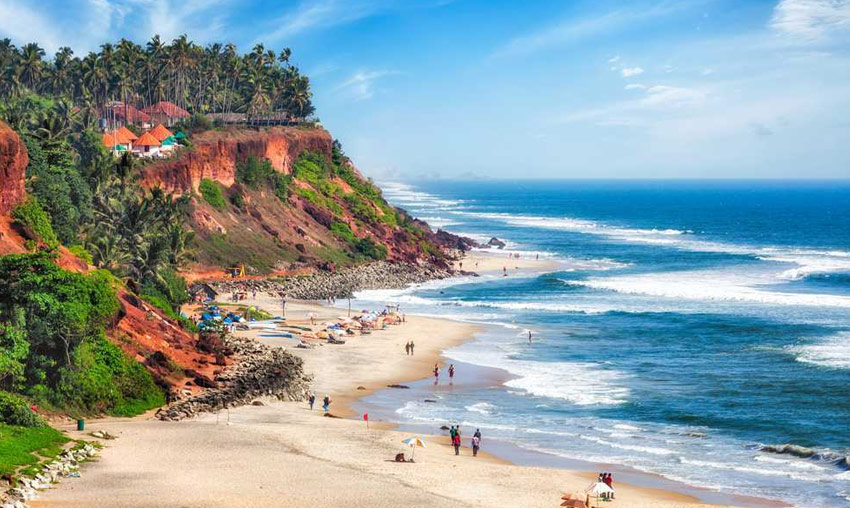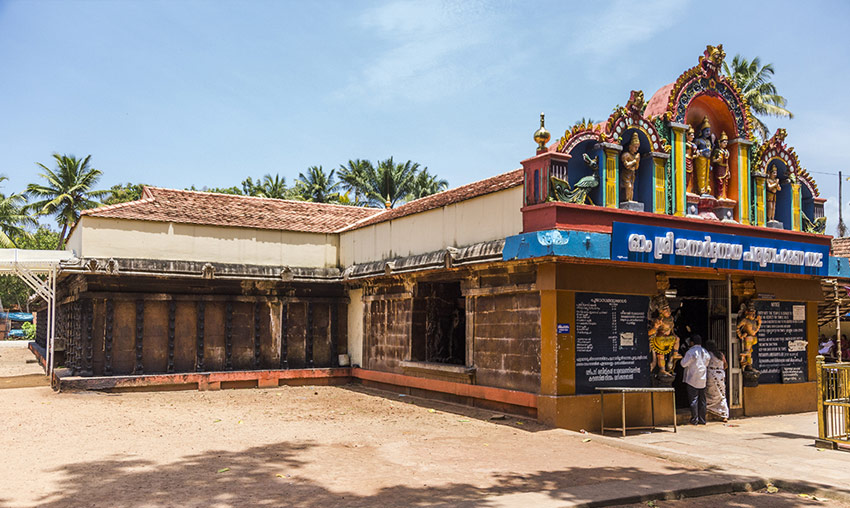Sivagiri Mutt, Varkala, Kerala | History, Legends & Timing
One of the well-known ashrams of Shri Narayana Guru, Sivagiri Mutt, is situated in Varkala in Kerala’s Thiruvananthapuram region. Every year in August and September, respectively, this ashram commemorates Guru Deva Jayanti and Guru Deva Samadhi. When visiting Sivagiri Mutt, one should not miss the neighboring attractions of Varkala Beach and Janardhana Swami Temple. Varkala served as the headquarters for Sree Narayana Guru (1855–1928), a saint, philosopher, social reformer, and Ezhava community leader.
Another important pilgrimage site here is Sivagiri Mutt, which was established by Sree Narayana Guru. Every year, the “Sivagiri Pilgrimage” is typically held from December 30 to January 1. Thousands of pilgrims continue to flock to the Guru’s Samadhi (resting place) even decades after he passed away here in 1928. The Sree Narayana Dharma Paripalana Sangham, a religious organization founded by the Guru to spread his belief in “One Caste, One Religion, One God,” is also based at the Sivagiri Mutt.
History of Sivagiri Mutt, Varkala, Kerala
In 1904, Sree Narayana Guru established a hermitage atop the Sivagiri hill, which subsequently became a significant pilgrimage site, after being drawn to Varkala’s serene atmosphere and stunning natural surroundings. The Guru later received Sivagiri Hill from the Travancore State Government, and some locals also gave him property. As a result, Sivagiri became the focal point of all Sree Narayana movements.
The establishment of the Mutt at Sivagiri was aided by other social reformers in addition to the Guru. Among them were the well-known Malayalam poet Kumaran Asan and the socio-political activist Dr. P. Palpu from earlier times. They had different views on the reformation of the Ezhava group and society, and they were devoted disciples of the Guru.
See More Places to visit Varkala
Sree Narayana Guru recognized the value of education and consistently emphasized it. He therefore established an elementary school here. For the illiterate members of an untouchable caste, a night school was also established. The Guru consecrated the idol of Goddess Saraswathi here and dedicated it to the Goddess of Knowledge when his followers wished to construct a temple here. Thus, in 1912, the Saradha (Saraswathi) temple was established here.
Architecture and distinctive features of the temple
The Guru himself planned and erected the Sivagiri Sarada temple, which has an octagonal shape. This Sarada temple features windows, which are highly unusual for a temple. The Guru intended to devote it to Saraswathy, the Goddess of Knowledge, and dubbed it Sarada Mutt. The goddess is depicted sitting atop a white lotus, signifying the flowering of wisdom on purity.
Additionally, the ceremonies differ from those of other temples. The devotees of Sharada temple are free to worship the goddess while chanting hymns, unlike other temples that engage in nivedyam (giving food to the deity) or abhishekam (pouring oil, ghee, and other substances on the statue). Guru, who was both a poet and writer, praised the Goddess in Janani-navaratna Manjari.
In addition to avoiding all tantric rites and consecrating a symbolic idol, the Guru also demanded that the temple grounds be kept hygienic. The temple differs greatly from other temples throughout the world since his followers now follow the Guru’s teachings.
Festivals at Sivagiri Mutt, Varkala, Kerala
At Sivagiri Mutt, the Guru’s birthday and Samadhi day, which fall in August or September, are celebrated with great significance. The Guru’s birthday, Gurudeva Jayanthi Day, is celebrated with vibrant processions, discussions, seminars, open forums, and cultural performances. The march includes thousands of followers dressed in yellow.
The Sivagiri pilgrimage, which is celebrated from December 30 to January 1, is another significant celebration here. Today, thousands of pilgrims from all across Kerala, dressed in yellow, assemble at the Guru’s Samadhi to spread his belief in “One Caste, One Religion, and One God.”
